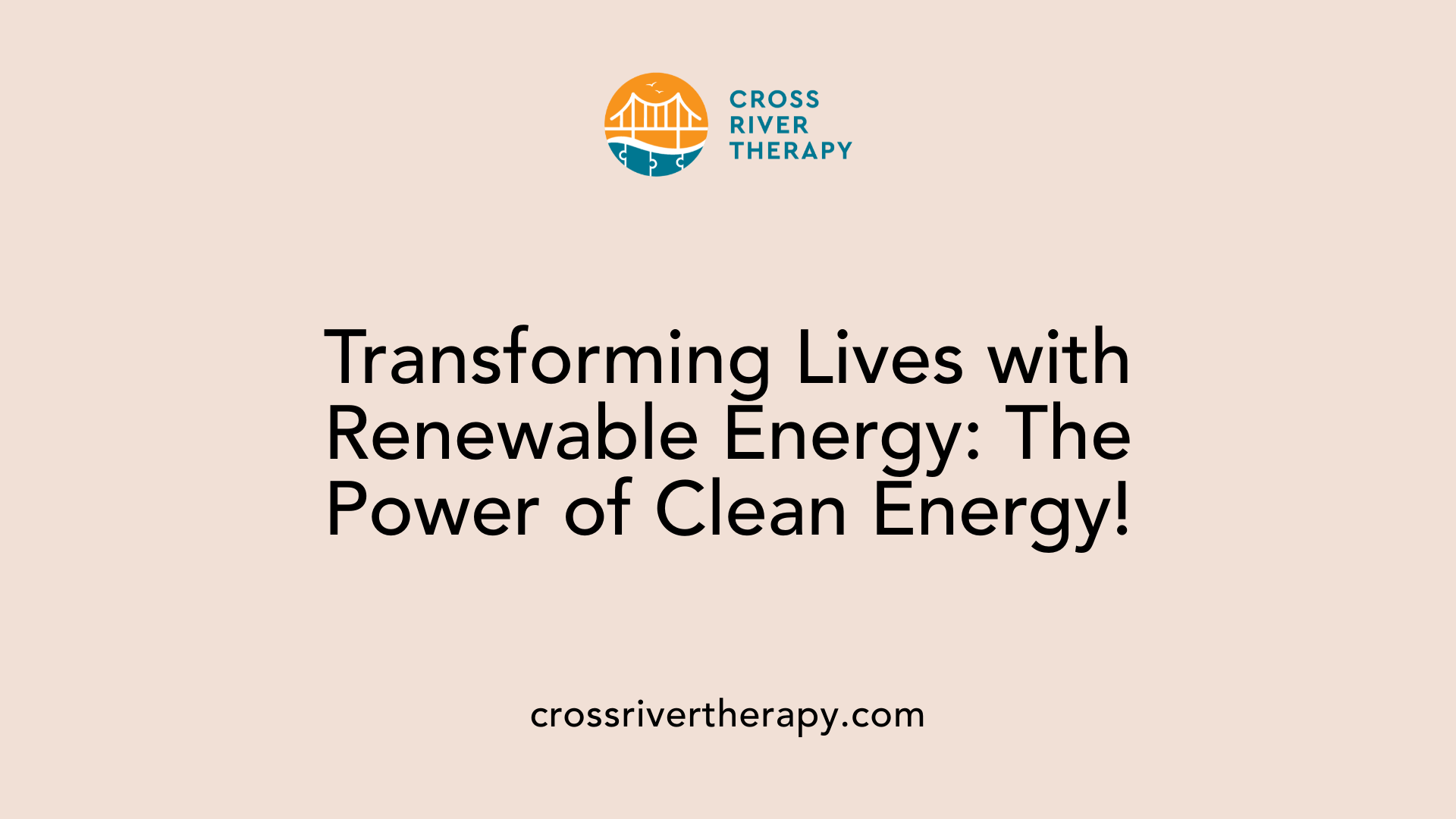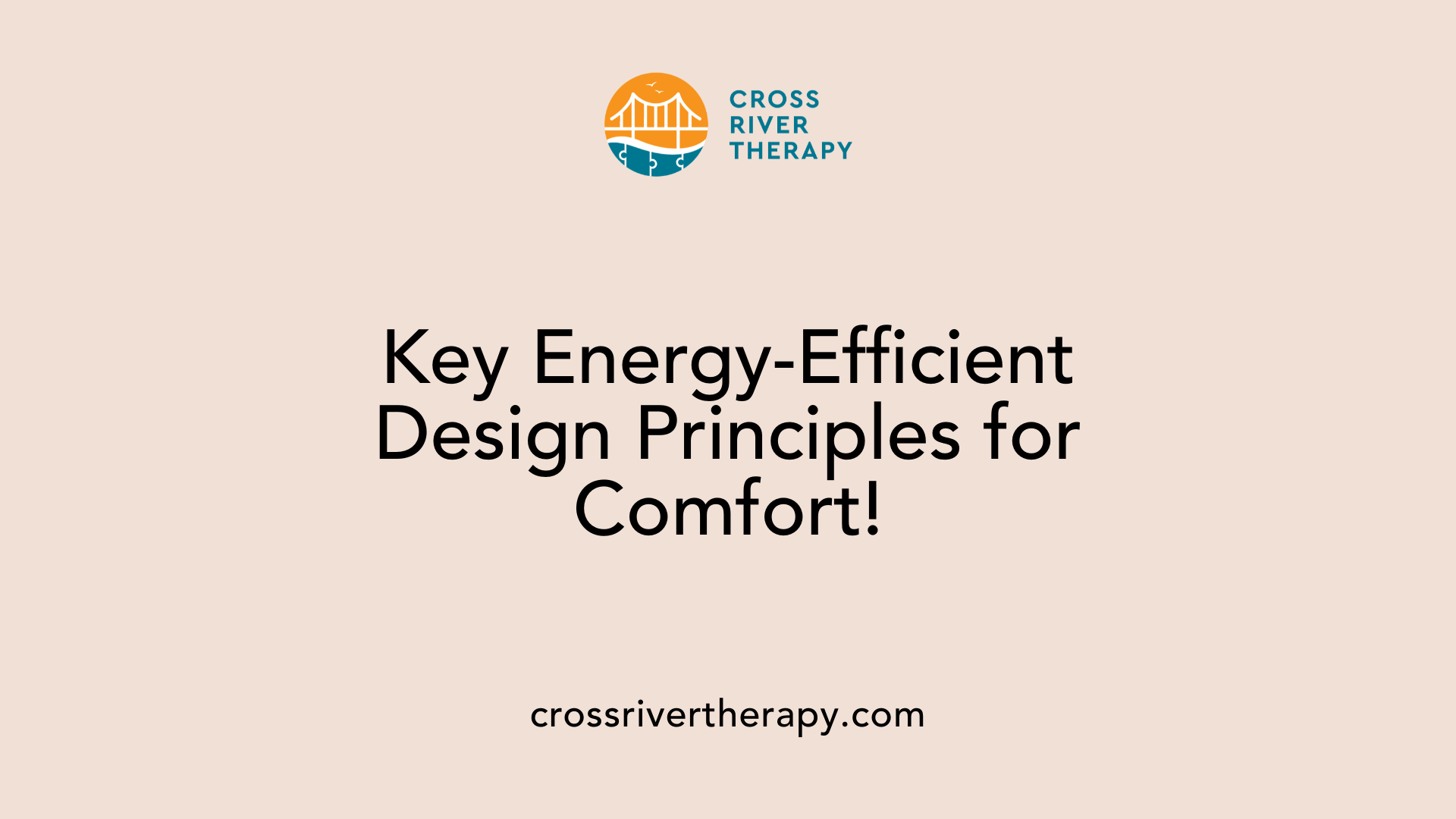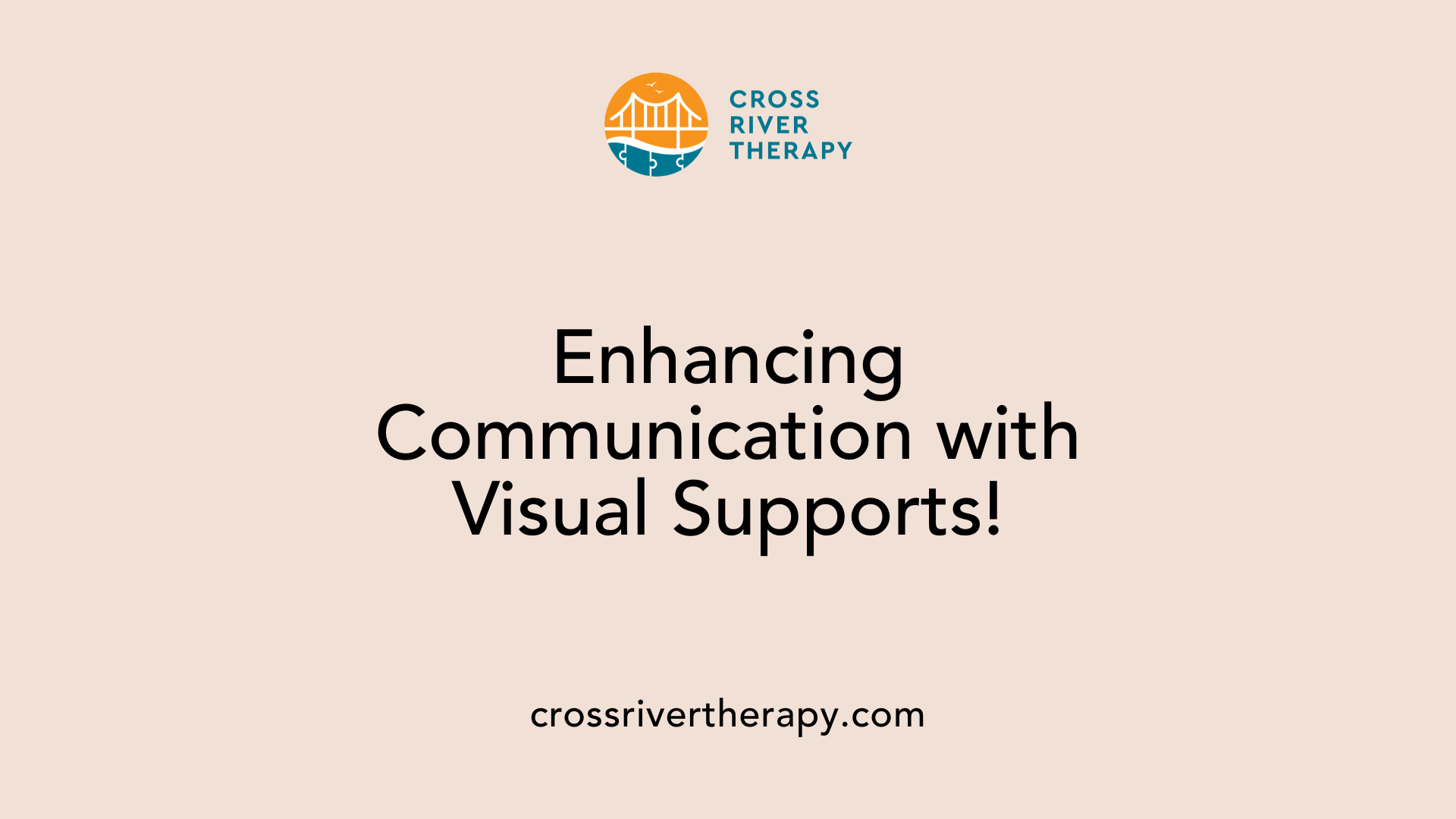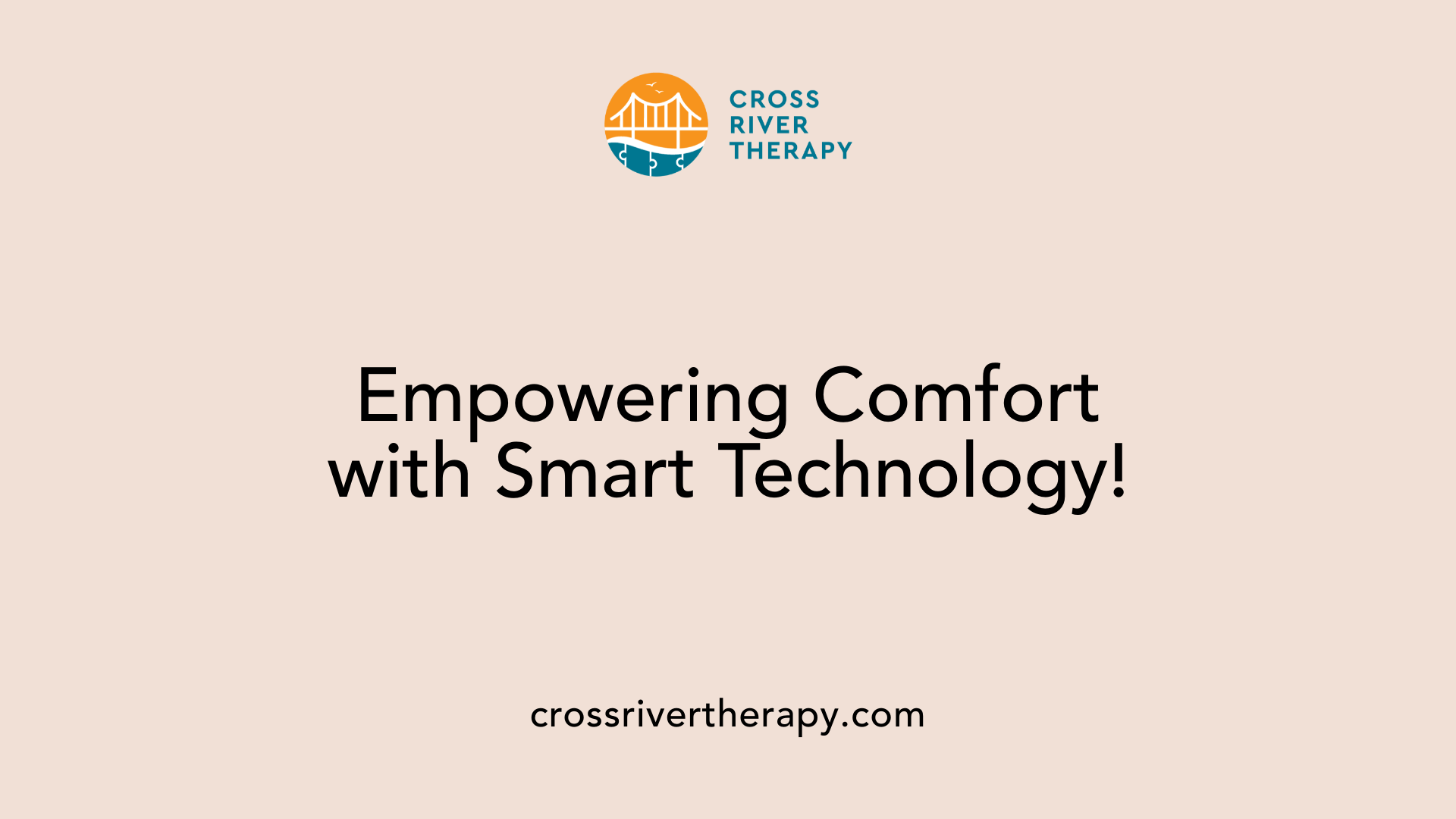Energy solutions for autism-friendly environments
Harnessing Energy for Autism Support: Creating Tranquil Spaces
Enhancing Lives Through Thoughtful Energy Solutions
Designing autism-friendly environments requires a harmonious blend of sensory-sensitive design principles and innovative energy solutions. By integrating sustainable energy sources and smart technologies, we can significantly enhance the living and learning conditions for individuals on the autism spectrum. This narrative will explore practical energy-efficient strategies and renewable energy applications that cater specifically to the needs of autistic individuals, focusing on enhancing comfort, reducing sensory overload, and promoting well-being.
Creating Calming Spaces: Design Essentials

How can we create an autism-friendly environment?
Creating an autism-friendly environment involves several thoughtful strategies targeted at reducing sensory overload and enhancing comfort. Here are some key design essentials:
- Reducing stimuli in environments:
Start by removing or dampening distracting stimuli. Use soft, dimmable lighting instead of harsh fluorescent lights to create a calming atmosphere. Incorporate sound-absorbing materials like acoustic panels to minimize noise disturbances, which are crucial for individuals sensitive to sounds.
- Importance of visual schedules:
Structured environments are important. Using visual schedules helps individuals understand what to expect, thereby easing transitions and reducing anxiety. These schedules can be color-coded and include pictures to enhance comprehension and engagement.
- Early intervention techniques:
Recognizing signs of tension early can prevent behavioral challenges. Staff training in recognizing these signs and modeling positive behaviors is essential. It fosters a respectful atmosphere while encouraging social interaction skills. Facilitating clear routines ensures individuals know what to expect, helping them adapt better.
Incorporating these elements not only supports individuals with autism but also enhances their overall well-being and comfort in various environments.
The Power of Renewable Energy for Autism-Friendly Spaces

What are the benefits and practical applications of integrating renewable energy in autism-friendly environments?
Integrating renewable energy in autism-friendly environments offers numerous benefits. First and foremost, it significantly improves indoor air quality. Cleaner air helps reduce irritability and enhances focus among individuals on the autism spectrum, as it mitigates pollutants that negatively impact sensitive individuals.
Additionally, energy-efficient technologies such as smart thermostats and LED lighting significantly contribute to creating calming spaces. These innovations minimize sensory overload, allowing for optimal comfort and emotional regulation within homes and care facilities.
The economic advantages of using renewable energy are also compelling. Families can save between $600 to $1,200 annually on utility costs, enabling them to reallocate these funds towards essential services and therapies for their autistic members.
Finally, engaging in community renewable energy projects not only promotes sustainability but also fosters social connections and support networks, enhancing the overall quality of life for families affected by autism. These combined benefits reveal the transformative power of renewable energy in creating supportive, autism-friendly environments.
Designing with Sensory Needs in Mind

What energy-efficient design principles cater to the needs of individuals with autism?
Energy-efficient design principles that cater to individuals with autism focus on creating comfortable and accessible living environments. These principles embrace several key elements:
- Lighting Solutions: Incorporating autism-friendly lighting, such as programmable, dimmable, and LED bulbs, helps mitigate sensory sensitivities. Natural lighting is also emphasized to create a calming atmosphere and reduce reliance on harsh artificial sources, which can be overstimulating.
- Use of Smart Technologies: Smart home technologies play a vital role in enhancing the comfort of autistic individuals. Smart thermostats, for example, allow users to maintain a consistent indoor climate, which is crucial for those sensitive to temperature fluctuations. Adjustable smart lighting systems cater to individual sensory preferences, further promoting relaxation.
- Soundproofing Techniques: Utilizing sound-absorbing materials and acoustic panels minimizes excessive noise, which is critical for emotional stability. Quiet zones in autism-friendly spaces provide serene areas for individuals to retreat to when feeling overwhelmed.
These energy-efficient design principles not only promote energy conservation but also significantly improve the quality of life for individuals with autism, creating supportive environments that enhance comfort and well-being.
Harnessing Technology for Comfort and Accessibility
Role of Smart Home Devices
Smart home devices play a critical role in creating comfortable environments for autistic individuals. By using smart thermostats, families can maintain a stable indoor climate, which helps minimize discomfort due to temperature fluctuations. Additionally, adjustable smart lighting can be customized for brightness and color, providing optimal sensory conditions suited to personal preferences.
Impact of Assistive Technologies
Assistive technologies, such as automated lighting and sound control systems, empower individuals with autism by allowing them to manage their environment. Voice-activated controls enable them to interact seamlessly with their surroundings, enhancing accessibility. Moreover, the use of noise-canceling devices and acoustic panels can significantly reduce auditory disturbances, creating a sanctuary-like atmosphere.
Benefits for Autistic Individuals
The integration of these technologies supports not just comfort but also emotional well-being. By reducing sensory overload and minimizing distractions, smart home technologies can help autistic individuals focus better and feel more secure. The cumulative effect of these innovations promotes independence, making everyday life more manageable and enriching for individuals on the autism spectrum.
Sustainability Meets Autism Support
Community Involvement in Renewable Projects
Engaging families and communities in renewable energy initiatives can create supportive networks for individuals with autism. Projects like community solar installations not only bolster sustainability but foster social connections among participants. This collective effort can improve quality of life for families coping with autism through shared experiences and resources.
Promoting Environmental Responsibility
Sustainability practices in autism support emphasize the importance of environmental consciousness. Educating families about using eco-friendly resources, such as solar panels or wind energy, encourages them to adopt habits that benefit both their family and the planet. Moreover, integrating clean energy solutions can cultivate a culture of responsibility that enhances individuals' routines and well-being.
Financial Benefits of Sustainable Practices
Implementing energy-efficient designs offers significant cost savings for families. With annual savings ranging from $600 to $1,200 on electricity bills, these savings can be redirected toward essential therapies and support services. The financial relief from sustainable practices enables families to invest more in the developmental needs of their autistic loved ones, creating a more balanced approach to care.
Soundproofing and Acoustic Management in Autism Spaces
Importance of Reducing Noise
Reducing noise in environments designed for individuals with autism is crucial. Many individuals on the spectrum experience auditory processing sensitivities, where even common sounds can become overwhelming. A quieter space can significantly enhance comfort and minimize anxiety, contributing to a more supportive environment.
Methods of Soundproofing
Several effective techniques can help manage sound levels in autism-supportive spaces:
- Acoustic Panels: These materials are designed to absorb sound, reducing echo and background noise.
- Heavy Curtains: Using thick curtains can dampen sounds from outside, providing an additional layer of noise reduction.
- Soundproof Doors: Installing solid core doors helps block noise transfer between rooms.
- Flooring Solutions: Carpet or rug placements can minimize footstep sounds and contribute to a quieter atmosphere.
Sensory Sensitivity and Auditory Processing
For many individuals with autism, the ability to control auditory stimuli is essential for creating a calming environment. Implementing effective soundproofing methods contributes greatly to emotional stability by decreasing sensory overload. Customizing quiet zones within a space allows for a retreat, where individuals can regain composure when faced with overwhelming sensory input. By focusing on acoustics in design, we cater to the unique sensory needs of those with autism, fostering a better quality of life.
Enhancing Indoor Air Quality Through Clean Energy
Impact of Air Quality on Autism
Indoor air quality plays a crucial role in the well-being of individuals with autism. Poor air quality can exacerbate symptoms associated with autism spectrum disorder (ASD), such as irritability and anxiety. Research indicates that exposure to air pollutants is linked to heightened risks for developing ASD, emphasizing the importance of creating healthier living environments.
Benefits of Cleaner Energy Sources
Utilizing renewable energy sources like solar and wind can significantly improve indoor air quality. These clean energy solutions reduce reliance on fossil fuels, which are often responsible for harmful emissions. By implementing systems that harness clean energy, facilities dedicated to autism support can create healthier spaces that enhance cognitive function and emotional stability for individuals with autism.
Removal of Environmental Pollutants
Cleaner energy sources contribute to the reduction of environmental pollutants. By transitioning to energy-efficient designs and technologies that use low-VOC materials, indoor environments can be improved. These strategies lower exposure to allergens and irritants, fostering a calming atmosphere essential for individuals with sensory sensitivities. Overall, integrating clean energy within autism-supportive environments not only ensures better air quality but also promotes a holistic approach to health and comfort.
Light the Way: Understanding Autism-Friendly Lighting
Natural vs. Artificial Lighting
Natural light significantly contributes to creating calming environments for individuals with autism. It enhances mood, reduces dependence on artificial sources, and helps in minimizing sensory overload. Conversely, artificial lighting, particularly harsh fluorescent lights, can trigger discomfort and overstimulation. Therefore, incorporating abundant natural light in spaces designed for individuals with autism can greatly improve their overall well-being.
Smart Lighting Systems
Smart lighting systems offer customizable options that empower individuals to adjust brightness and color temperature according to their sensory preferences. For example, dimmable LED lights can create a soothing atmosphere, mitigating potential triggers for sensory overload. These systems can be programmed to align with daily routines, providing a sense of predictability and security, which is vital for those on the autism spectrum.
Preventing Overstimulation
To prevent overstimulation, it’s essential to implement lighting controls, such as dimmers and motion sensors. Controlled lighting environments are crucial for managing sensory inputs. Areas designated for relaxation should use warm, soft lighting while actively used areas may benefit from brighter, more focused light. Ultimately, creating a balanced lighting scheme can foster a supportive environment that caters to the unique sensory needs of individuals with autism.
The Economic Case for Renewable Energy in Autism Care
Cost Savings Potential
Implementing renewable energy solutions in autism care environments can result in substantial cost savings. For instance, facilities utilizing solar panels and other sustainable energy sources may save between $600 to $1,200 annually. These savings are crucial for care centers as they help lower operational costs, enabling funds to be redirected towards essential services and therapies for individuals with autism.
Reallocation of Resources
The financial benefits of renewable energy extend beyond immediate savings. By decreasing utility expenses, families and facilities can reallocate these saved resources to therapies, educational programs, and support services that significantly enhance the quality of life for individuals on the autism spectrum. For example, annual savings projected at Hackensack University Medical Center were as high as $1.06 million, showcasing the potential for financial reallocation in larger institutions too.
Financial Relief for Autism Families
For families impacted by autism, adopting renewable energy not only promotes environmentally friendly living but also serves as a financial respite. The reduced monthly utility bills allow families to manage their budgets more effectively, thus providing a sense of relief from financial pressures, which is vital for maintaining quality care and support for their children.
Empowering Through Visual Supports and Structured Spaces

Importance of Clear Spatial Layouts
Creating environments for individuals with autism involves thoughtful consideration of spatial layouts. Clear and structured layouts reduce confusion and enhance spatial awareness. Well-defined areas help individuals understand their surroundings, leading to a sense of security. This structured approach can minimize anxiety and improve comfort levels, facilitating positive interactions with the environment.
Role of Visual Supports
Visual supports play a vital role in enhancing communication and understanding. Tools such as visual schedules, color-coded systems, and clear labeling help individuals with autism process information better. These supports aid in managing expectations, providing a predictable framework that reduces stress. By incorporating simple visual cues, caregivers can foster independence and ease transitions between activities.
Managing Transitions and Routines
Transitions can be challenging for individuals with autism. Establishing routines and preparing for changes through visual supports can make these shifts smoother. Visual timers and step-by-step instructions help in managing expectations, making the process less overwhelming. Providing consistent supports enables individuals to anticipate what comes next, fostering a sense of calm amidst change.
Smart Energy Systems: Enhancing Environmental Control

Automated Environmental Adjustments
Smart energy systems play a crucial role in managing the sensory needs of individuals with autism. These systems allow for automated adjustments in home or educational settings, tailored to enhance comfort and minimize sensory overload. By using smart technologies, families can create environments that cater to sensory sensitivities through customizable settings.
Smart Thermostats and Lighting Control
One of the primary features of smart energy systems is their ability to control temperature and lighting. Smart thermostats maintain a stable indoor climate, suited ideally between 68°F and 72°F, promoting comfort essential for focus and security. Similarly, adjustable smart lighting allows individuals to modify brightness and color temperature, reducing overstimulation from harsh lighting.
Stability and Predictability in Autism Support
The stability provided by these smart systems is vital for individuals with autism, who thrive in predictable environments. By automating environmental controls, families can help reduce anxiety and enhance overall emotional well-being. This approach not only improves daily comfort but also supports independence, enabling individuals to manage their surroundings more effectively.
Building Autism-Friendly Schools with Renewable Energy
Educational Benefits of Sustainable Energy
The integration of renewable energy solutions in schools significantly enhances the learning experience for students with autism. Cleaner energy sources like solar and wind not only reduce operational costs but also improve indoor air quality, which is critical for fostering a healthy learning environment. Schools utilizing these systems have reported reductions in student irritability and increased focus due to cleaner air and improved comfort.
Creating Conducive Learning Environments
Renewable energy projects often include modifications that promote sensory-friendly designs. For example, natural lighting from solar panels can minimize reliance on harsh fluorescent lights, which can be distracting for students with sensory sensitivities. Additionally, the use of sound-absorbing materials helps to create a quieter atmosphere, allowing students to concentrate without the added stress of noise pollution.
Promoting Focus and Engagement
Research indicates that energy-efficient schools witness marked improvements in student focus and engagement, particularly among those with autism. Smart thermostats and adjustable LED lighting not only support environmental comfort but also cater to individual sensory needs, allowing for optimal learning conditions. These enhancements lead to better academic performance and overall well-being for students on the autism spectrum.
Towards a Brighter, More Inclusive Future
The integration of energy solutions in autism-friendly environments holds immense potential for enhancing the quality of life for individuals on the autism spectrum. By adopting renewable energy sources and energy-efficient technologies, we create spaces that not only support sensory needs but also contribute to sustainability efforts. As communities embrace these innovations, they pave the way for greater inclusivity, comfort, and well-being, offering hope and potential for a more supportive future for individuals with autism and their families.



